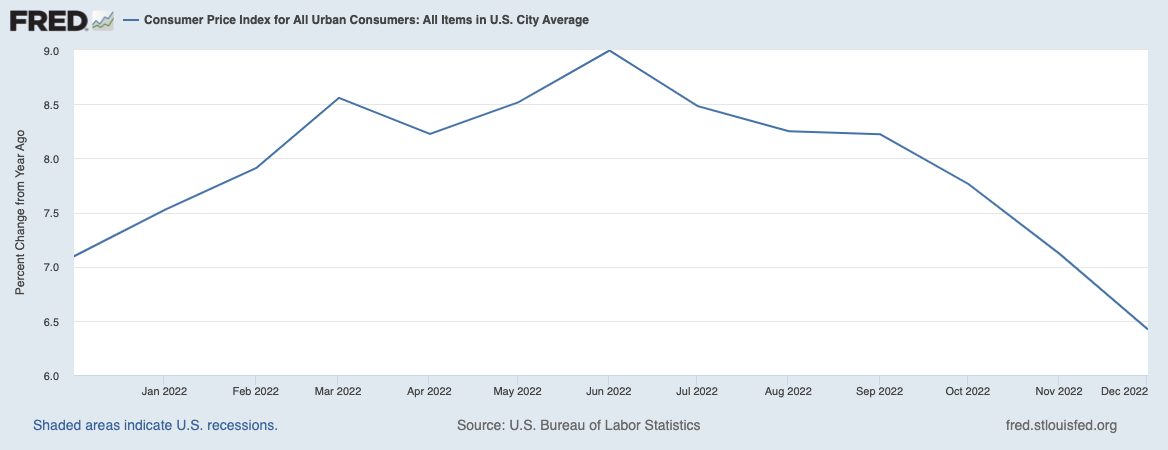India is one of the biggest agricultural countries in the world. More than half the population depends on agriculture and its allied sectors for livelihood. The country has the second-largest area under agriculture, after China, and is one of the largest crop-based food producers. It ranks among the top 10 global agri exporters with agriculture constituting about 12 per cent of all domestic merchandise exports annually.
And yet, these singular achievements hide the real potential of the Indian agriculture sector whose growth has averaged a modest 4.6 per cent in recent years. This is in spite of the fact that – in the course of 75 years of independence – the ‘land of the farmer’ has evolved from a state of food shortage to one of food surplus.
A multitude of challenges – the unsustainable use of land and water; fragmented landholdings preventing farmers from adopting modern agri practices; lack of affordable credit; inadequate infrastructure such as market access, transportation and storage facilities; the spread of pests and insects; and price volatility, among others – has been impacting farm productivity, sustainability and growth. But these issues can be addressed through a holistic approach backed by cutting-edge techniques and the involvement of key stakeholders including farmers, policymakers, researchers and private entities.
Perhaps, the biggest threat to agriculture in our times is climate change, the intermittent cycles of heat and drought on one hand and heavy rains and floods on the other. These extreme weather patterns result in either water scarcity or water surplus and in both cases lead to a decline in cultivable land and crop production. The situation calls for urgent risk-mitigation strategies such as climate-resilient sustainable farming systems, especially in vulnerable regions. This will certainly help farmers cope with the adverse impact of climate change.
A recent Niti Aayog vision document calls for a paradigm shift in agriculture and charts a path to making India a developed nation by 2047. It addresses four priority areas, among others, which will help farmers overcome challenges and explore emerging opportunities in sustainable and inclusive agri food systems. This will, in turn, shape India’s agricultural legacy for the next 25 years – the end of which will mark 100 years of Independence – thus achieving the goals set for Amrit Kaal, or Golden Era.
Enhancing food security and nutrition
India’s winning proposal to declare 2023 as the International Year of Millets is aimed at strengthening domestic and global food security and nutrition. However, this goal can succeed only if the growth rate of food production surpasses that of human population. Now that India is a food-surplus nation, it is perhaps time to emphasise on nutritive and healthy foods, as well as biofortification, the process of improving the nutritional quality of food crops.
Adopting a climate-smart approach
With unpredictable weather conditions rendering farmers more vulnerable to crop and income losses, we need to tackle climate change on a war footing. India must provide farmers with cheap finance and skill training so that they can adopt climate-friendly technologies that will help them anticipate and prepare for unexpected weather events and conserve resources during pre- and post-harvest activities. There is also a need to expand the use of seed technology so as to improve the quality of their food crops and livelihoods.
Promoting value chains for small farmers
With nearly 70 per cent of landholding in India being less than one-hectare, small farmers are at a disadvantage when it comes to adopting innovative practices, maximising productivity and generating higher incomes. There are two ways to improve their plight: One, give the farmers access to affordable credit, tech-based knowledge and necessary skills to produce high-value crops. And two, develop efficient post-harvest food systems, including value chains that will give them access to better markets and procurement prices. Here, the role of agritech startups in adopting new-age technologies such as AI, IoT and Big Data Analytics to improve the food value chain cannot be underscored enough. These startups are providing farmers with unique solutions, including for weather forecasting and farm mapping, thereby helping them to boost farm processes and productivity.
Moving from traditional to digital farming
Agriculture is changing at a rapid pace due to digital and other emerging technologies, leaving behind farmers engaged in traditional agri-food systems. These farmers need a transformative breakthrough if they are to catch up with the tech-driven agri space. The dissemination of knowledge and training in the effective use of technologies like app-based platforms, e-commerce and digital payments will open up new marketing and income opportunities for farmers. And it is herein that the collaboration between the new-age and traditional companies will go a long way in reaching out to the farmers across the length & breadth of the country.
Conclusion
The Indian agriculture sector is on the cusp of change. Technology and innovation are slowly and steadily enriching the agri space, as evident from the advances in farming including mechanisation, conservation practices, food diversity and sustainability, cost-effective crop production and employment opportunities. Additionally, new regulations are creating a favourable environment for the private sector vis-à-vis pre- and post-harvest phases, output and income growth, and land-lease market.
While all these are positive developments for the sector, a possible source of concern is the lack of interest in agribusiness among the younger generation. While we are educating farmers about new farming and sustainable practices, we should simultaneously encourage the young to enter the agribusiness and become agricultural entrepreneurs thereby driving socio-economic change across the sector.
Balram Singh Yadav, managing director, Godrej Agrovet Ltd.
















